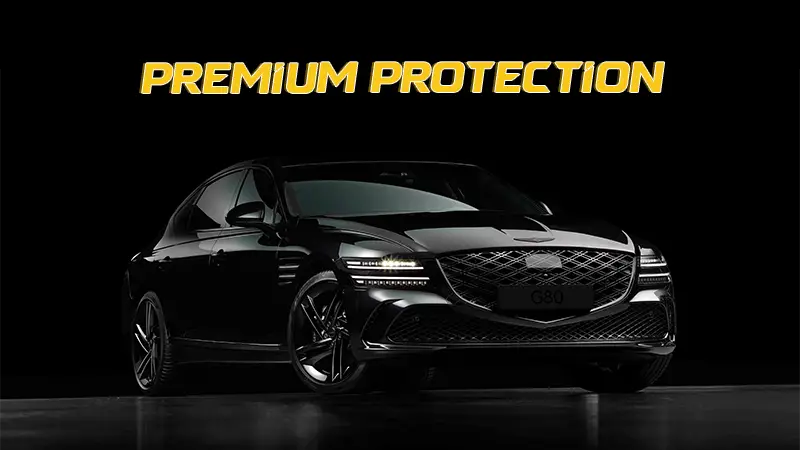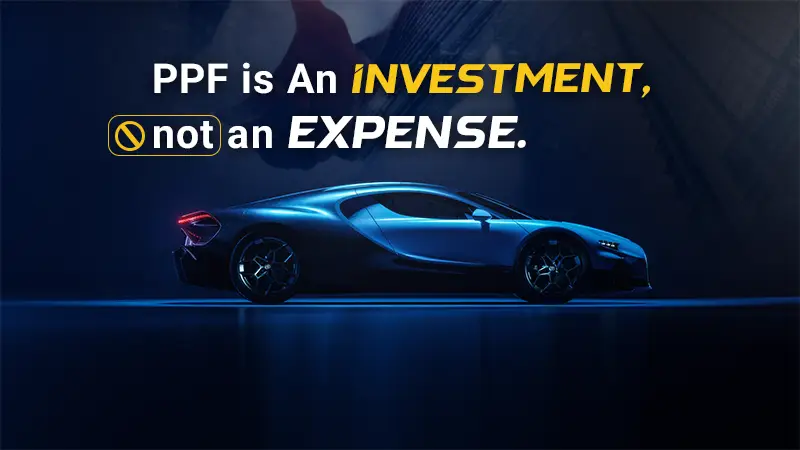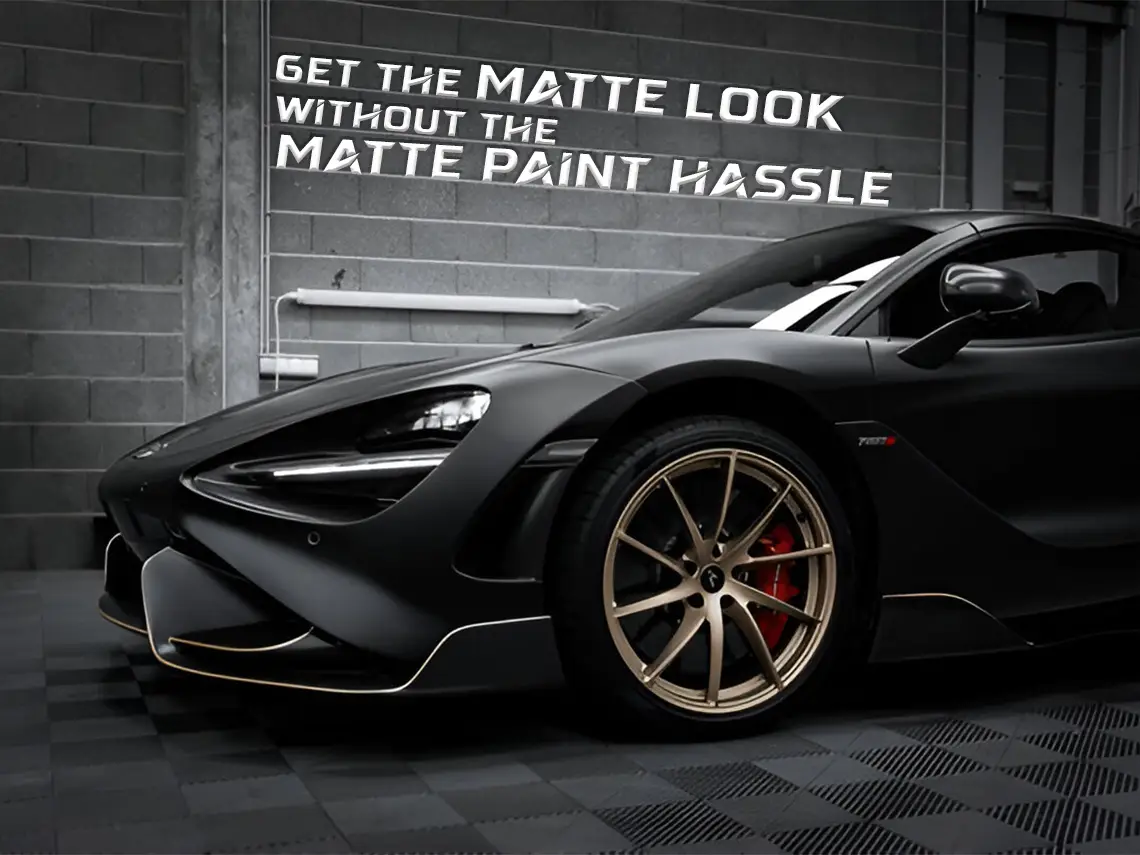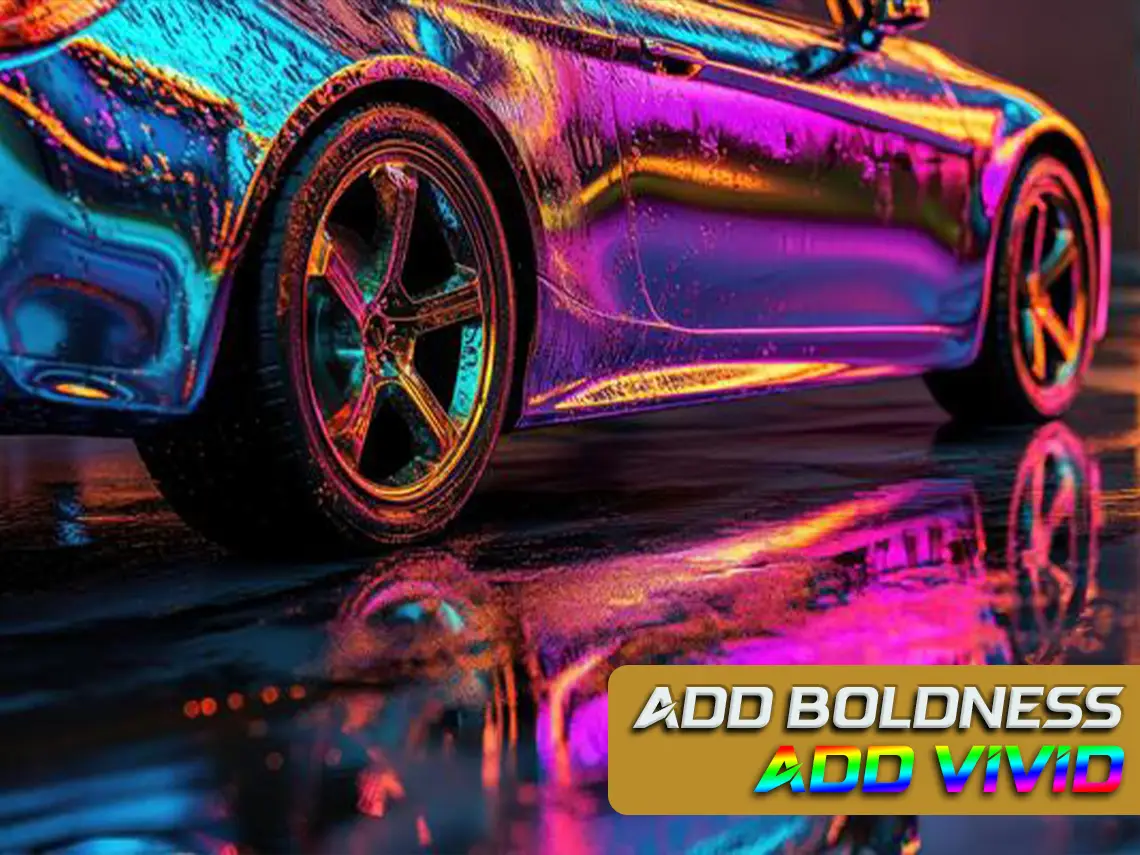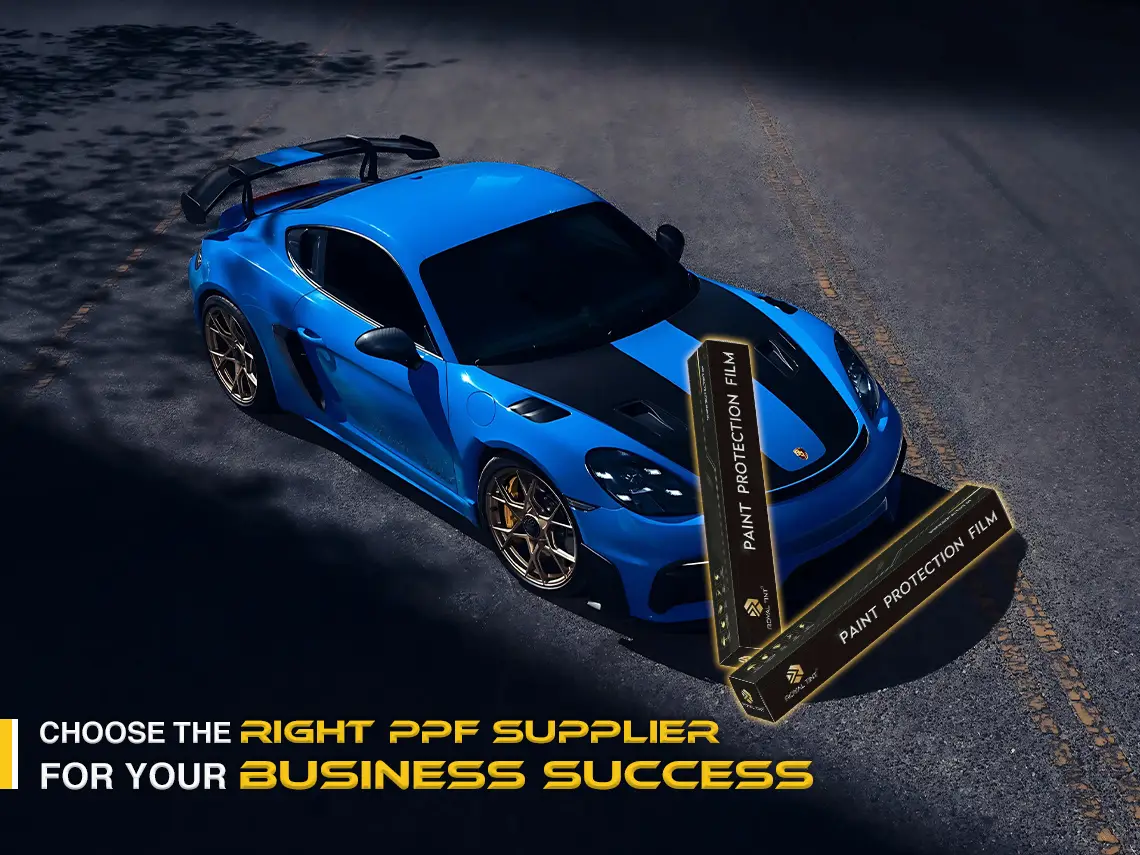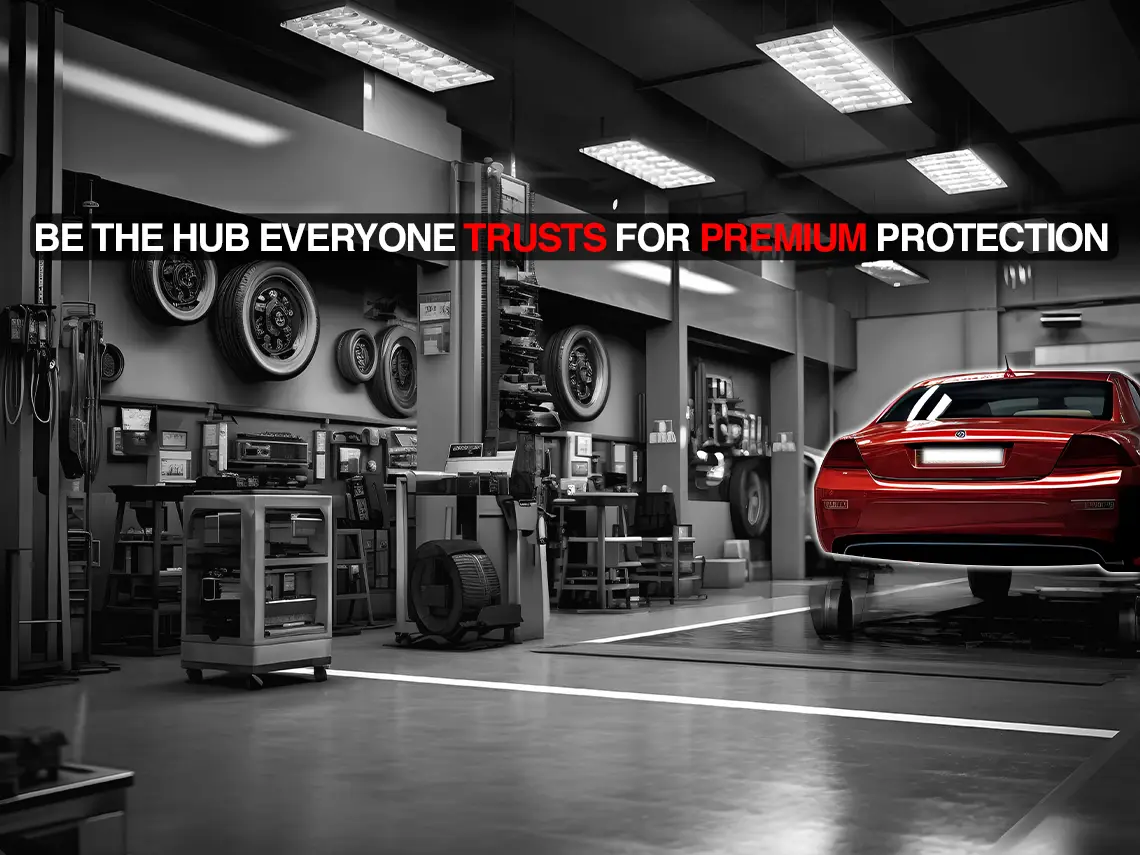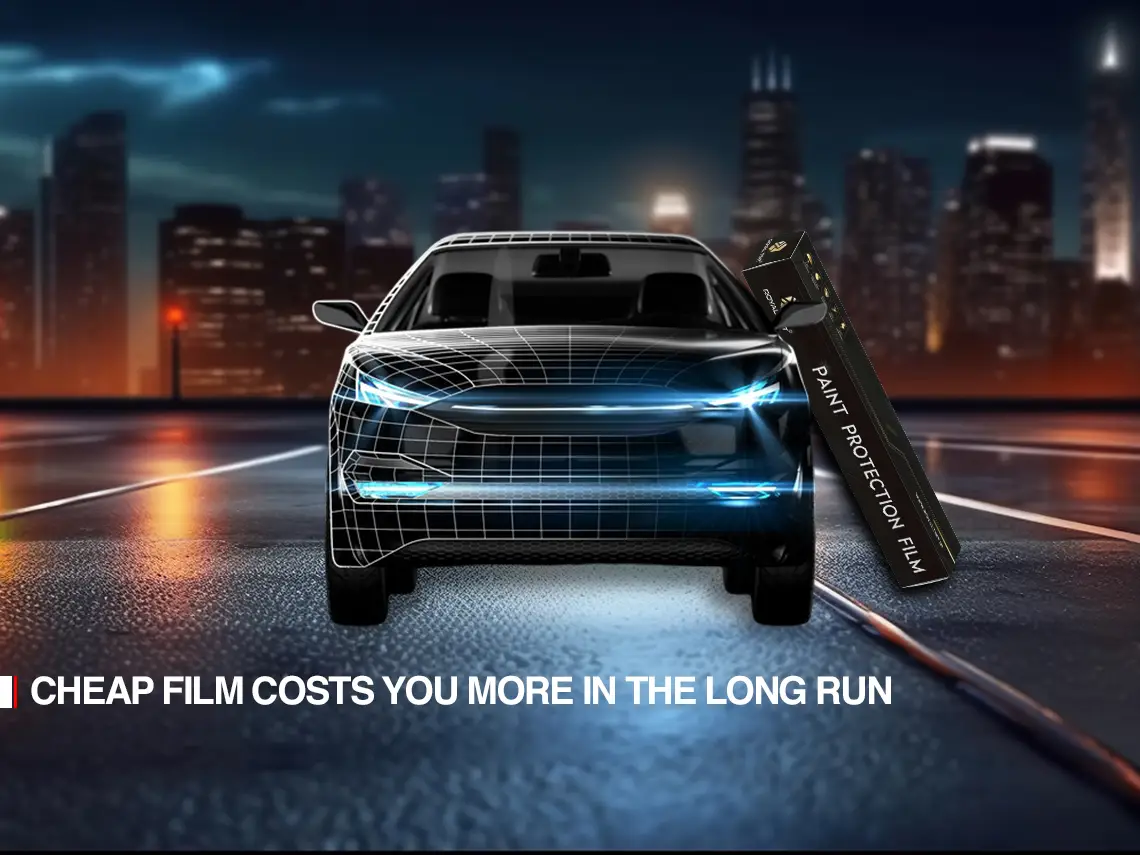If you’re serious about attracting the luxury car segment, you need to deliver more than just basic detailing you need to offer an experience that aligns with their high expectations. These clients aren’t just looking for a quick shine; they want advanced, dependable protection that preserves both the look and value of their investment.
Here’s how to position your Premium Paint Protection Film (PPF) services as the go-to solution for discerning luxury car owners:
1. Emphasize the Superior Features of Premium PPF
Luxury clients expect top-tier performance. Highlight the tangible advantages: self-healing technology that erases minor scratches, advanced UV resistance to keep paintwork pristine, and a choice between flawless gloss or understated matte finishes. Make sure to demonstrate the film’s capabilities live demos such as the knife or heat gun test, whether in your studio or on social media, speak volumes about your product’s quality.
2. Craft an Exclusive Client Experience
Every aspect of your service should reflect sophistication. Upgrade your studio’s ambiance, invest in premium packaging, and offer VIP consultations with tailored vehicle care plans. Provide a comfortable lounge and thoughtful aftercare kits. Consistency in branding, communication, and service delivery will reinforce the premium positioning of your business.
3. Establish Trust Through Credentials and Transparency
Luxury car owners do their homework before choosing a provider. Highlight your certifications, installer training, and any industry partnerships. Share success stories and before-and-after visuals of high-end vehicles you’ve protected. Offer robust warranties to reassure clients about the durability of your solutions.
4. Leverage Strategic Partnerships and Social Proof
Social credibility is crucial in this market. Regularly showcase your work on premium vehicles think Lamborghini, Porsche, or Mercedes across your social channels. Build partnerships with luxury dealerships, car clubs, or detailing influencers. Encourage satisfied clients to provide testimonials and referrals; in this segment, word-of-mouth carries significant weight.
5. Present PPF as a Smart Investment
Shift the conversation from “cost” to “value.” Clearly communicate how PPF helps clients maintain resale value, avoid expensive repainting, and keep their vehicles looking exceptional over time. Use ROI comparisons or visual guides to demonstrate the long-term benefits.
Competing in the luxury detailing space means delivering excellence at every touchpoint. By highlighting your premium PPF solutions, curating a refined customer experience, and backing your expertise with real results, you position your business as the trusted choice for high-end clients.
At Royal Tint, we equip detailers with industry-leading PPF solutions trusted by luxury car owners across India. Our products combine world-class protection with exceptional clarity, helping your business stand out in the premium market.
Ready to grow your luxury client base?
Connect with Royal Tint today to explore bulk ordering, dealership support, and premium installer programs. Unlock new opportunities in the luxury detailing segment and elevate your business to the next level.
